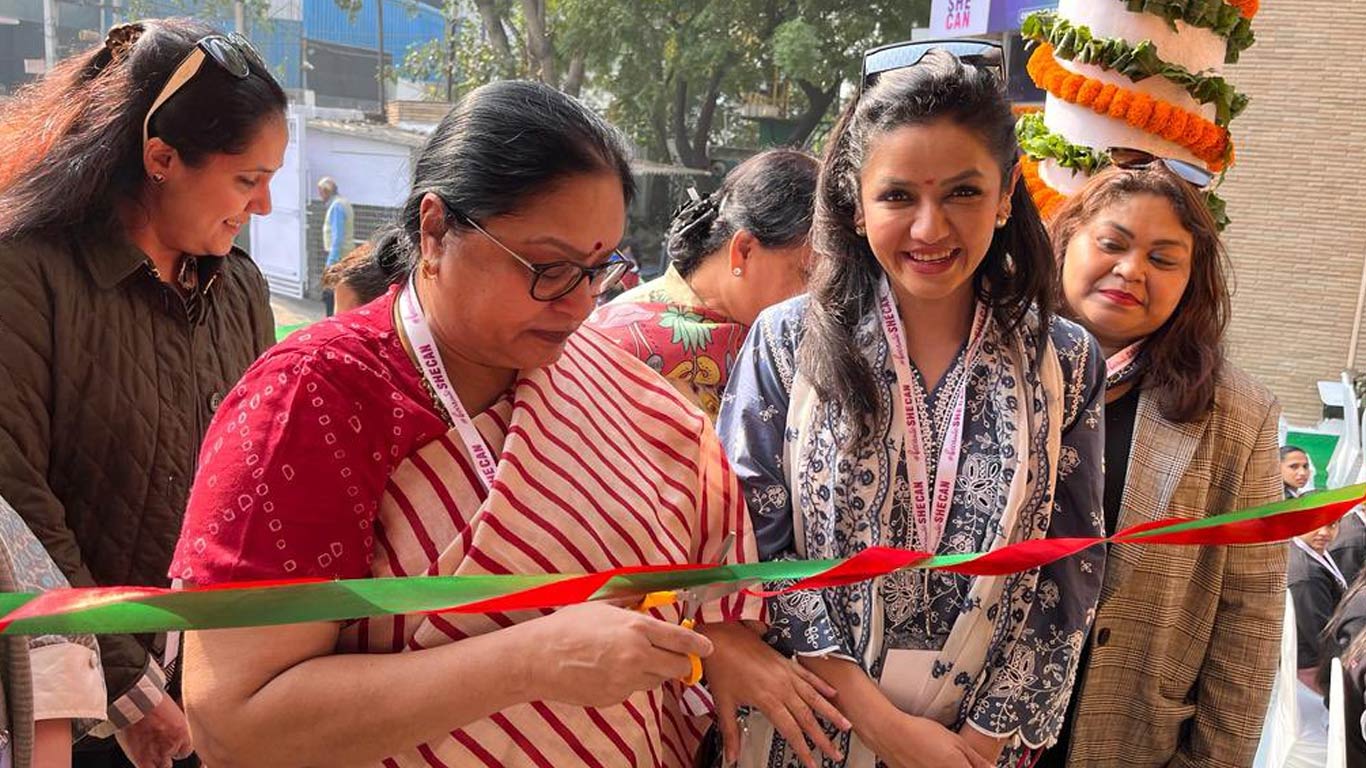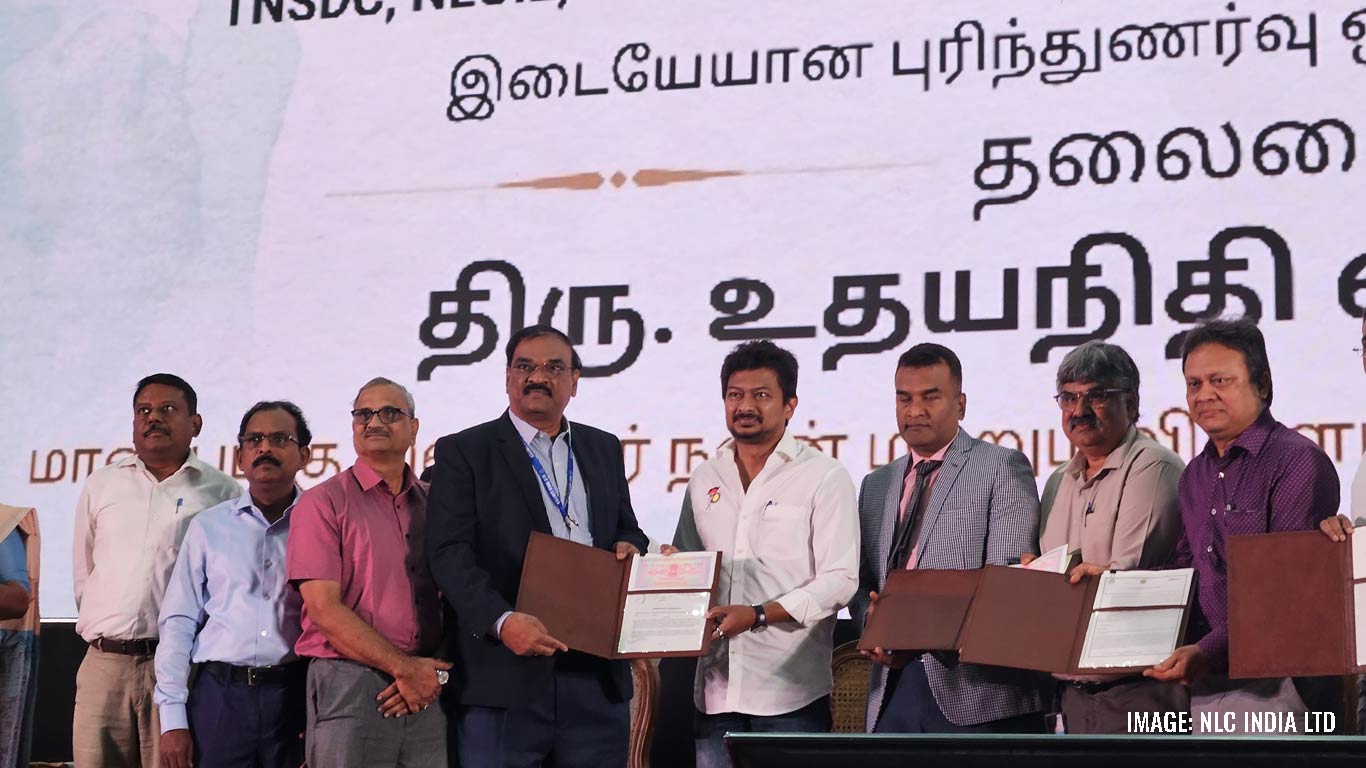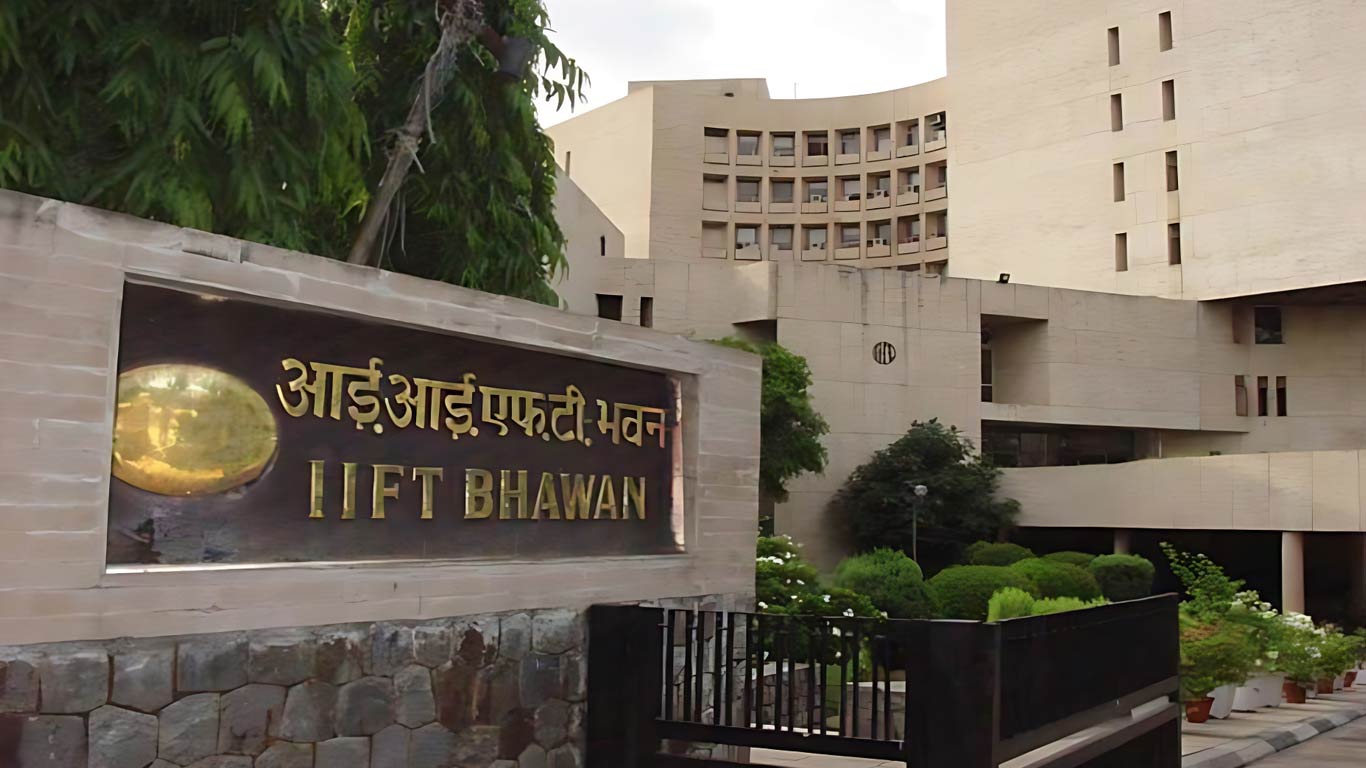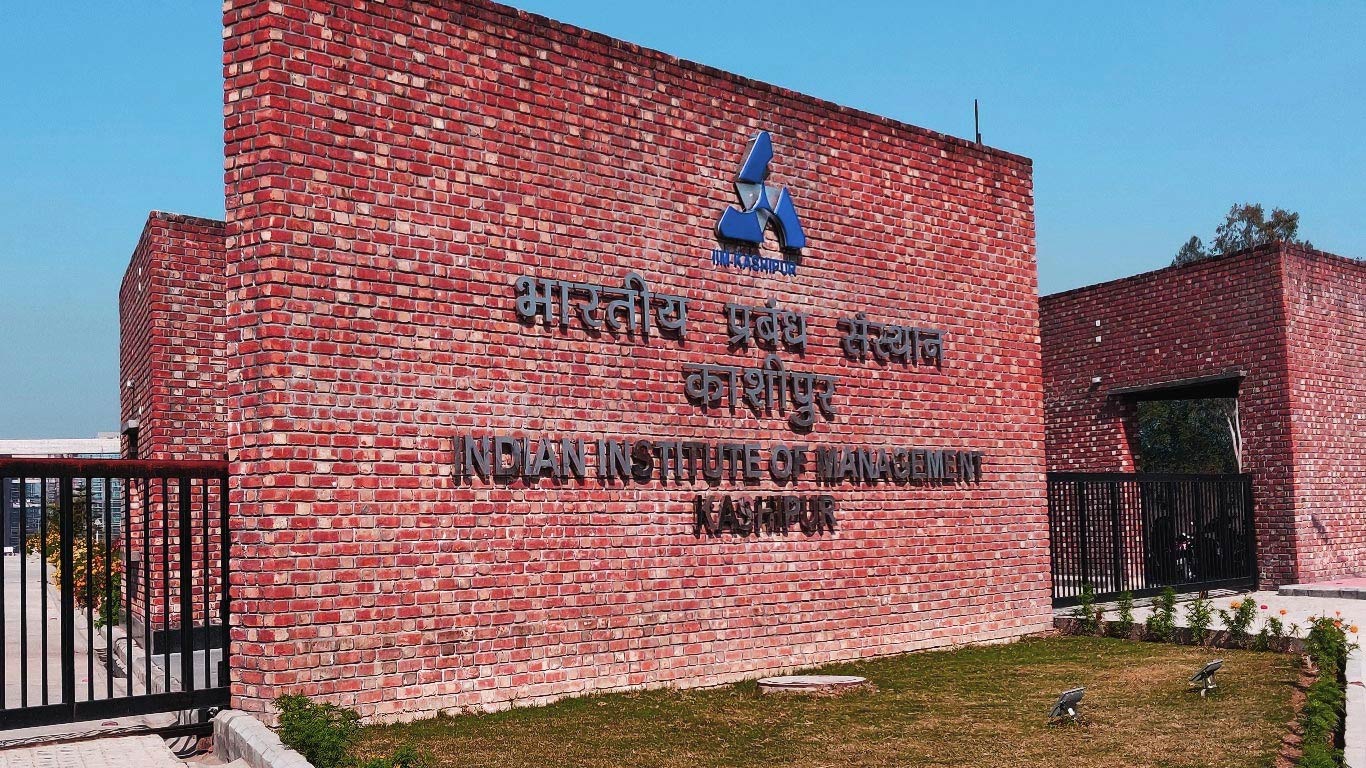Indian manufacturers saw business conditions deteriorate at the end of 2015: Survey
Updated: Jan 04, 2016 03:27:52pm

On the price front, inflation rates of both input costs and output charges were at seven-month highs, said the report.
The Nikkei India Manufacturing PMI, a composite monthly indicator of manufacturing performance, dipped from 50.3 in November to 49.1 in December.
The Purchasing Managers' Index (PMI) has slipped below the crucial level of 50.0 for the first time since October 2013. A figure above 50 represents expansion while a reading below this level means contraction.
Consumer goods bucked the sub-sector trend and was the only category to see improving business conditions in December as production and new orders rose. Conversely, incoming new work and output fell in both the intermediate and investment goods market groups.
Having risen for 25 straight months, total manufacturing production in India fell during December. Furthermore, the rate of contraction was the sharpest in almost seven years. Panellists linked the decline in output to falling new orders and the Chennai floods.
December’s floods also affected supplier performance, which deteriorated to the greatest extent since March 2013. This was despite input buying decreasing over the month, said the survey.
Encouragingly, Indian goods producers hired additional workers in December. Anecdotal evidence highlighted expectations of an improvement in domestic demand in the near term. That said, the rate of job creation was little-changed from the marginal pace seen in the previous month.
Amid reports of higher transport and import costs more than counteracting falling commodity prices, purchase prices rose in December. Manufacturers passed part of the additional cost burden on to clients as charges increased further. Despite reaching seven-month highs, rates of inflation were below their respective long-run averages.
There were divergences with regards to stock levels, as inventories of purchases rose and holdings of manufactured goods declined again.
Commenting on the Indian Manufacturing PMI survey data, Pollyanna De Lima, Economist at Markit and author of the report, said “India’s manufacturing sector took a turn for the worse at the year end, with already-gloomy internal demand further hampered by floods in the South of the country. Ending a 25-month sequence of growth, production plummeted in December. Such was the extent of the decline that the rate of reduction was the sharpest since the financial crisis.
“The continued depreciation of the rupee against the US dollar pushed inflation higher, with PMI price indicators pointing to stronger increases in both input prices and output charges. Following the Fed rate hike and expectations of further increases, more currency weakness is anticipated, adding strain to businesses’ dollar-priced debt and import costs. Whereas the frail rupee boosted growth of new business from abroad, corporate earnings can’t solely rely in external markets as global demand remains subdued,” she added. (With Inputs from market Economics)











